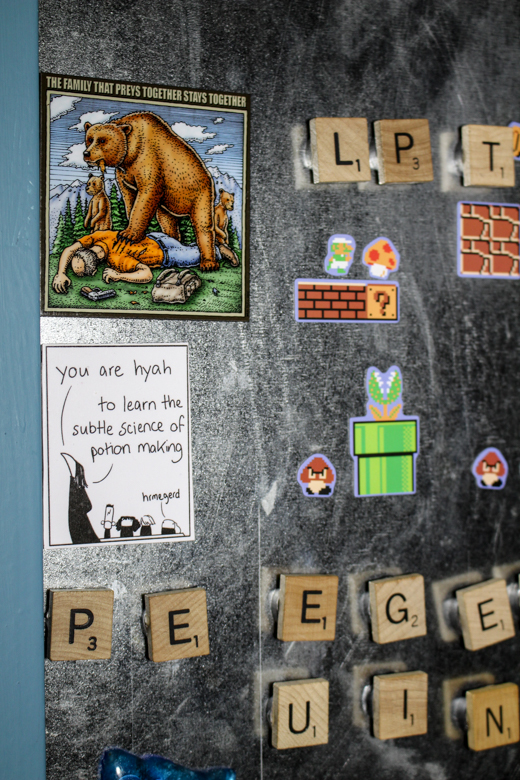What better way to celebrate?
Now, what you must know about the medieval period is that all interpretations of that period, from the Renaissance to now, are technically "medievalisms," or just that--interpretations. They're ahistorical in that they tell us more about the culture in which they were created than the culture that they're meant to represent, but as long as you take what you experience in with a grain of salt, and you listen carefully to the woman next to you with a Master's in Medieval Studies (hint, hint: she's your mother!), you can happily immerse yourself in A Knight's Tale, or The Name of the Rose, or yes, even an Indiana Medieval Faire!
On Will's syllabus (I don't write syllabi for Syd, but Will, who is doing high school coursework this year, needs a written syllabus, book list, and portfolio for each subject), these types of experiences are referred to as Contemporary Interpretations.
There's a lot to take in at, and quite a lot to take from, an Indiana Medieval Faire!
Here are The Knights of the Rose, an all-female jousting troupe:
Women wouldn't have jousted officially in the Medieval period (that we know of... see? That's a medievalism!), but otherwise, these performances are pretty accurate. And also full of powerful women!

And of course you get to pet the horses afterwards.
The tall, tall horses...
A turkey leg is also an anachronism. Come on, you know why! Can you tell me? Think about it...
The turkey is a North American bird! And yes, I know you're going to tell me about that painting of Henry VIII holding a turkey leg, and that's why we have turkey legs at Ren Faires, but Friends. That painting is a myth. Nobody would have painted a member of the royal family nomming.
Henry VIII eating turkey legs is a myth. Troll bridges, however? Clearly not a myth!
 |
| OMG I just noticed Matt is still holding his turkey leg in this pic. Sigh... |
Get to the Point, the bullwhip performance duo, are not particularly medieval in tone, but that's okay because they're awesome:
There's also fire breathing:


Also not particularly medieval, but who particularly cares? They breathe fire!!!
I have a huge soft spot for stage combat, having done a little of it in college, so we for sure watched the stage combat show by the Shattock Schoole of Defence:
I think the kids might have liked it, too, don't you think?
I was pretty well getting sunstroke by this point in the wildly unseasonal day--
--so we sat in the shade-ish for a while and learned some truly authentic facts about medieval falconry, thank goodness:
Syd helped:
Okay, now I really had just the teeniest bit of sunstroke:
If only Medieval women wore baseball caps! Or covered their bosoms better!
Going to dress as a Medieval man next time, I swear. They looked so comfy and well-shaded.
I was so dizzy and sunburnt and pestered by flopping skirt folds that when this stage combat show asked for a volunteer to swordfight with one of their actors, I couldn't even volunteer! Worst letdown of my life. The guy who did volunteer did an okay job, but I am sure that if I'd been wearing pants and a hat, my fencing skills would have taken that knight down within seconds.
Well... after reflecting on their fighting style, maybe not...
We bought Syd a present:
And on the way out, look what we found! Stocks! EVERYONE loves to pretend that they're locked up in the stocks, right?!?
Hmpph, children. Here, you do it like this!
Although if I'd had some rotten fruit at hand, I could have made the children's experience in the stocks more authentic...
































































.jpg)








